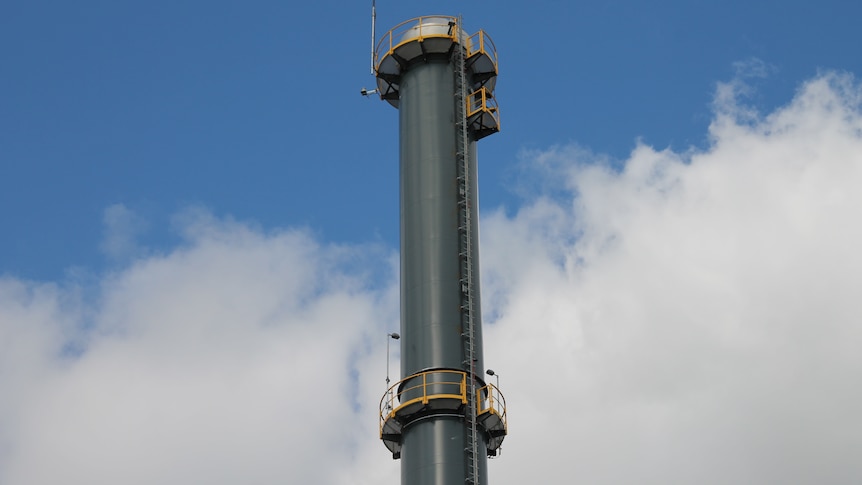“We can burn the trash and let that smoke go up into the sky and become stars” -Charlie Kelly
Unlike its Copenhagen counterpart, Australia’s first standalone, large-scale waste-to-energy plant won’t have a ski slope on its roof.
“If we get to nirvana and zero waste, where everything could be recycled, arguably we wouldn’t need landfill or energy recovery,” Ms Sloan said.
Jason Pugh agreed it was important that Australia does not lose key messages about reducing and recycling but believes waste-to-energy is the “net that sits at the bottom”.
That plant has also faced big delays due to factors including the pandemic.
City of Armadale mayor Ruth Butterfield says the council will close its landfill site and send all its household waste to the new Avertas waste-to-energy plant when it opens.
They have both taken many years to develop.
This is the best summary I could come up with:
But the East Rockingham waste-to-energy plant, nearing completion south of Perth, is already sparking debate about how broadly this technology should be deployed in Australia’s war on waste.
The locations include a plant at Lara, north-east of Geelong that would provide electricity for up to 50,000 homes, and a similar sized facility in an industrial park north of Canberra.
Jason Pugh agreed it was important that Australia does not lose key messages about reducing and recycling but believes waste-to-energy is the “net that sits at the bottom”.
City of Armadale mayor Ruth Butterfield said her council was locked into a contract with the operators of the new plant, even though it knew many of its residents would like a green FOGO bin for their food and garden waste.
Ms Butterfield said Armadale was hoping to introduce FOGO in the future by accessing general waste for the plant from other areas but in the meantime would continue to encourage its residents to recycle their food by offering discounts on things like worm farms.
With other proposals trying to get approvals in other states, Gayle Sloan is calling for a national framework to fast-track the planning process for all projects that help Australia reach its 2030 target of 80 per cent resource recovery.
The original article contains 1,292 words, the summary contains 211 words. Saved 84%. I’m a bot and I’m open source!



